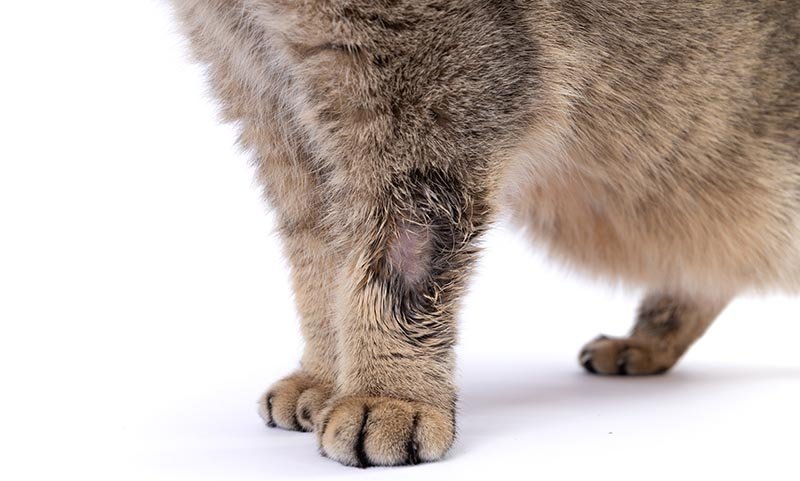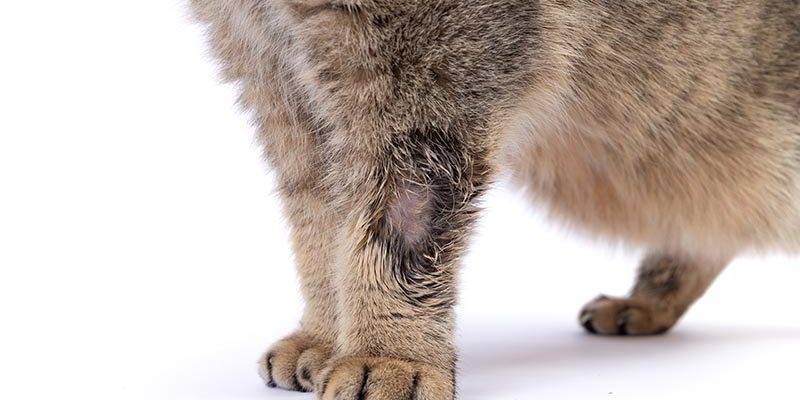
During spring and summer, wolf worms can be found in various habitats, often lurking in the grass or near small mammals like rabbits and rodents, which are their primary hosts. If you’re wondering what exactly these creatures do and why they’re significant, you’re not alone! Let’s dive into the fascinating world of wolf worms and explore their behavior during the warmer months.
What Are Wolf Worms?
Wolf worms are the larvae of bot flies, specifically the genus **Cuterebra**. Instead of being like the familiar earthworms you might picture, these larvae are more like tiny maggots. When they hatch, they look for a host — usually small mammals — to feed on. Once they find a suitable host, the larvae enter through the skin, where they thrive for several weeks while growing.
Here’s the thing: while they might sound a bit creepy, these little guys play an important role in the ecosystem. They help control mammal populations and have a unique relationship with their hosts. However, if you’re a pet owner, knowing about wolf worms is particularly crucial, as they can affect domestic animals if they come into contact with infected wildlife.
Life Cycle of Wolf Worms
Understanding the life cycle of wolf worms helps explain their activity during warmer months. The cycle begins when a female bot fly lays her eggs in the environment, typically in areas frequented by small mammals.
1. **Egg Stage**: The eggs hatch after a few days, usually triggered by warmth.
2. **Larval Stage**: Once they hatch, the larvae seek a host and burrow into the skin, where they feed and grow.
3. **Pupal Stage**: After several weeks, the larvae drop out of the host and pupate in the ground, eventually emerging as adult flies to repeat the cycle.
During warmer months, the warmer temperatures speed up this entire process. You might say it’s like the life cycle is on fast forward, making these creatures more noticeable as they seek hosts for feeding.
Wolf Worms in Warmer Weather
In warmer months, wolf worms are particularly active, which means they’re more likely to come into contact with pets and humans. As temperatures rise, small mammals are also more active. This is when wolf worms begin their search for hosts, primarily in grassy areas or places where rodents and rabbits might be found.
Since wolf worms are influenced by the weather, warmer temperatures mean they have a greater chance of finding a host. It’s also an essential time for pet owners to be vigilant. If your furry friend spends time outdoors, this is the peak season to monitor their behavior and check for any signs of infection.
Signs of Wolf Worm Infestation
If you’re concerned that your pet might encounter wolf worms, it’s essential to understand what to look for. Infected animals often show signs that can be alarming. Here are some key indicators to keep an eye on:
- Swelling: Look for small, raised lumps on their skin, which could indicate the presence of the larvae beneath.
- Discomfort: If your pet seems to be scratching or biting at the area, it might be trying to relieve discomfort caused by the larvae.
- Infection: Infected areas can become red, inflamed, or ooze discharge — indicating a more severe problem.
If you do notice any of these signs, it’s vital to consult a veterinarian. They can provide the right treatment and advice to ensure your pet stays healthy.
Preventing Wolf Worm Infestation
While you can’t completely eliminate the risk of wolf worms, especially in warmer months, there are several measures you can take to protect your pets. Here are some effective prevention tips:
1. **Limit Outdoor Access**: If possible, restrict your pet’s outdoor time, especially during peak activity hours (early morning and late afternoon).
2. **Regular Checks**: After outings, perform thorough checks on your pets. Pay close attention to their skin and fur.
3. **Maintain Cleanliness**: Keep your yard tidy. Regularly mowing the lawn and clearing tall grasses can reduce the habitat for small mammals, thus lowering the risk of wolf worm encounters.
By being proactive, you can help ensure your pet stays safe from these creepy crawlies.
Warm weather brings a flurry of activity for wolf worms, making it essential for pet owners and outdoor enthusiasts to stay informed. Understanding the life cycle, signs of infestations, and prevention methods can make a significant difference in keeping pets and wildlife safe.
Should you find yourself spending more time outdoors, remember to keep an eye out for these little pests and act quickly if you suspect an infestation. The more you know about wolf worms, the better prepared you’ll be to handle any potential issues. Just like any part of nature, a little knowledge goes a long way, helping you enjoy the great outdoors while keeping your furry friends safe.

